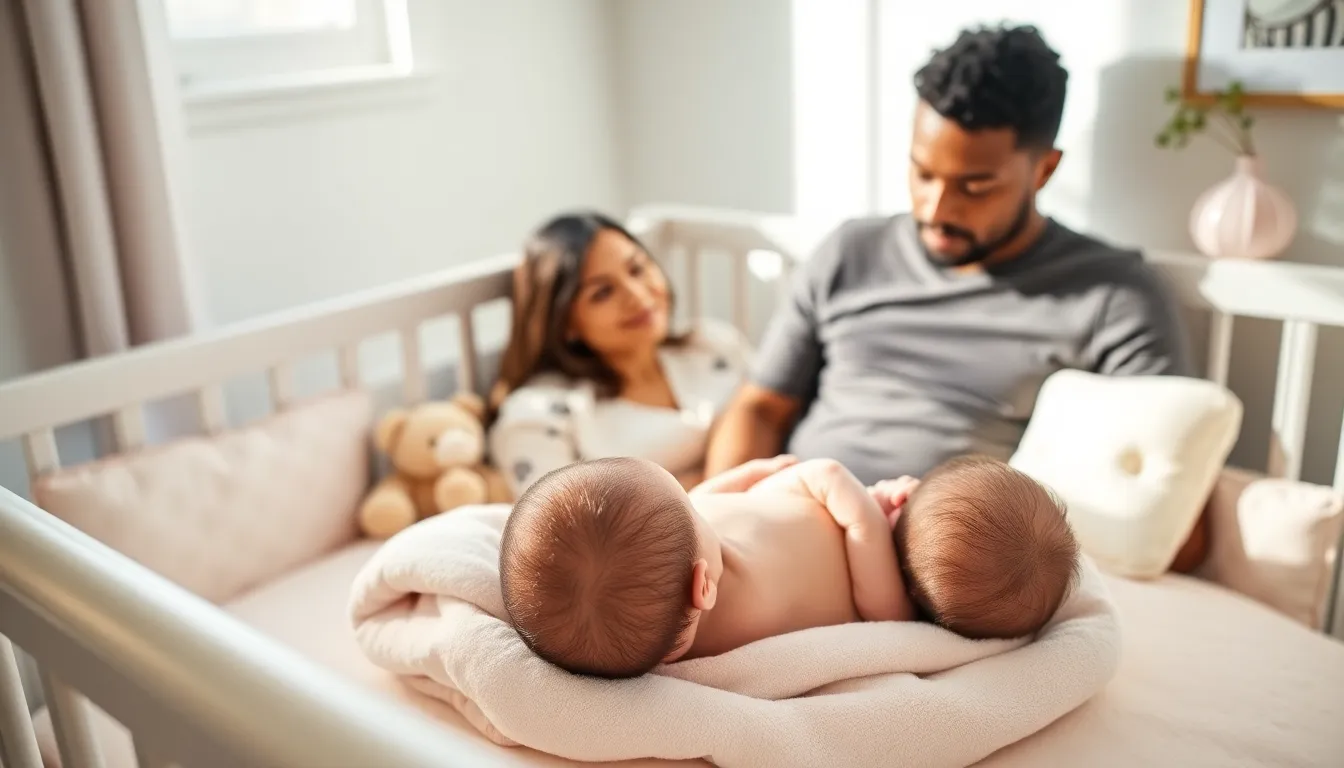Picture this: you’re cradling your little bundle of joy, marveling at their tiny fingers and adorable little toes. And then, you notice it. A tuft of soft baby hair left behind on your shirt. Panic sets in. Are they going bald? Well, fret not. It turns out that baby hair loss is a completely normal rite of passage. In this text, we’ll investigate into when babies lose their hair, why it happens, and how you can care for that precious head of hair.
Table of Contents
ToggleUnderstanding Baby Hair Growth

The Development of Hair in Infants
When a baby makes their grand entrance into the world, they often arrive with a fluffy layer of hair, known as lanugo, covering their little bodies. This soft, fine hair typically sheds before or shortly after birth, making way for the hair that will eventually replace it. From birth to a few months old, babies go through a constant cycle of hair growth and loss. In fact, by six months, some babies will have new hair that might look quite different than what they were born with.
Types of Hair in Newborns
Newborns have two primary types of hair: lanugo and vellus hair. Lanugo is that soft downy hair mentioned earlier, while vellus hair is the fine, light hair covering most of the body, often barely visible. As babies grow, they start to lose the lanugo, transitioning to vellus hair. It’s like an evolutionary upgrade, preparing them for the thick locks they’ll sport later in life.
Common Reasons for Hair Loss in Babies
Natural Shedding of Baby Hair
Just like dandelion fluff in the breeze, baby hair can come and go. Most babies lose their first head of hair by around four to six months. This loss often occurs in patches, with some areas appearing bald and others full of hair. It seems that babies have a natural tendency to shed hair they no longer need. Rest assured, a shiny new mane will grow back, but it may take time.
Telogen Effluvium in Infants
For some infants, another reason behind hair loss can be telogen effluvium. This fancy term sounds more intimidating than it is. Essentially, it refers to a temporary hair loss that happens when stressors, such as illness or rapid changes in growth, push hair follicles into a resting state. The good news? This type of hair loss is typically reversible, and hair will generally return to its former glory in a short span of time.
Genetic Factors and Hair Loss
Just like eye color and height, genetics play a role in the hair your baby might have (or lose). If there are family members who’ve experienced early hair loss, you might see similar patterns in your little one. While it’s not something parents can control, understanding these predispositions can provide reassurance during those “oh-no-what-happened” moments.
Caring for Your Baby’s Hair
Gentle Hair Care Practices
When it comes to hair care for little ones, less is more. Using a mild baby shampoo is key, and avoiding harsh chemicals will help maintain the integrity of their delicate locks. Washing their hair just once or twice a week can keep it clean without overdoing it. Brushing can also be part of the routine, especially with a soft-bristled baby brush. It can help with blood circulation and calm any cradle cap that might appear.
When to Consult a Pediatrician
In most cases, a baby’s hair loss is completely normal. But, if parents notice excessive bald patches, itching, or skin irritation, it might be time to consult a pediatrician. They can rule out any underlying medical conditions that could be impacting hair growth or health. Plus, they’ll give peace of mind, because every parent could use a little reassurance.

